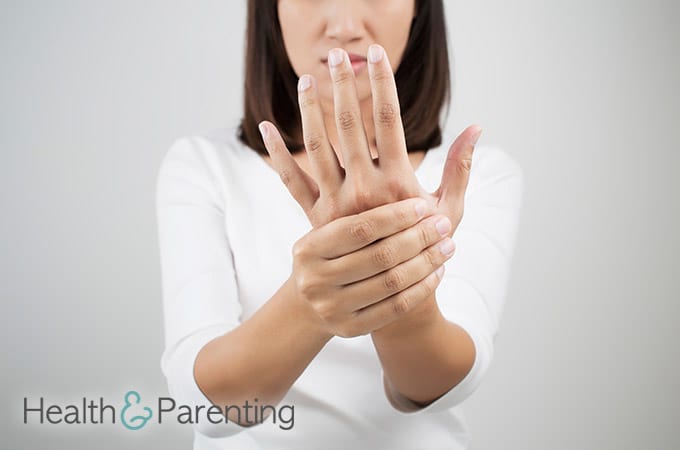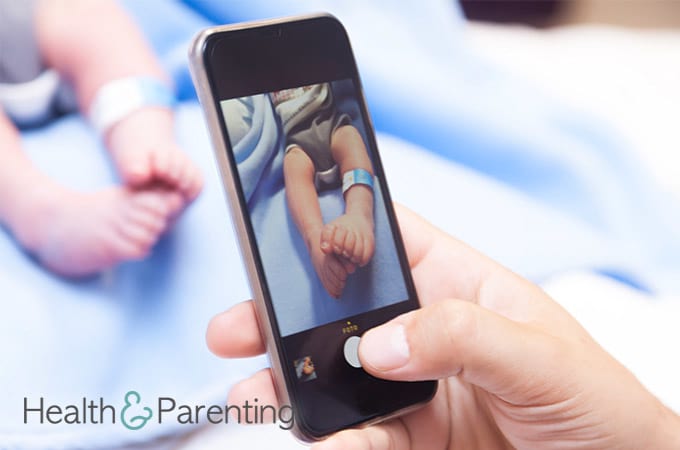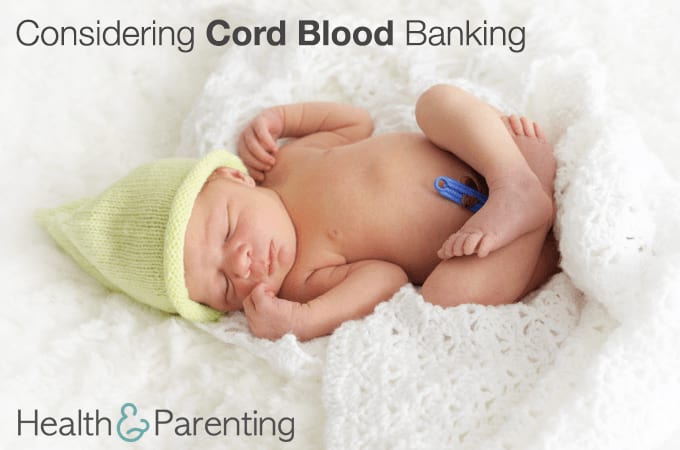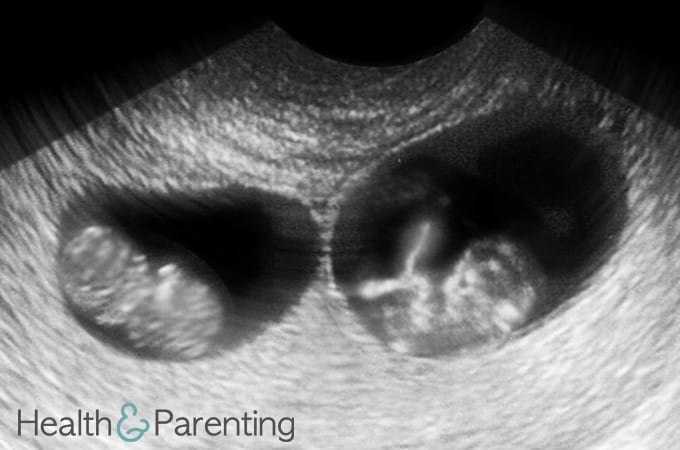Breastfeeding can be a daunting experience. There’s no training – you have to learn on the job. You don’t arrive for your first day feeling fresh and smart, you are exhausted from labour and probably look as far from smart as you could imagine. To top it off, your boss is a tiny human whose only communication is crying. It’s no wonder you’re feeling stressed and terrified, that’s natural. Here are some helpful tips to help you prepare for breastfeeding:
- Know your stuff – obviously you can’t try breastfeeding until the baby arrives, but you can educate yourself. There are plenty of DVDs, online videos, and informative articles filled with tips and hints on how to breastfeed. You don’t need to memorise all the information you can find online, but it doesn’t hurt to arm yourself with a bit of background knowledge. If nothing else, the information you find about the benefits of breastfeeding may empower you to keep trying in the early days.
- Prepare yourself – most women find breastfeeding hard work at the beginning. Some babies struggle to latch correctly, some women find the long hours exhausting, and others find the let down painful. Prepare yourself that it might be a tough few weeks, but that once you work through the hard part, it should get easier.
- Support system – you’ll need a support system in place during the first few exhausting weeks of breastfeeding. If you have any friends or family members who have breastfed, or who will support you to breastfeed, then you should look to them for support. Avoid the people who will tell you to formula feed your baby if this isn’t what you want to hear.
- Stock up – nipple cream is a useful item to have in the house during those early weeks. You may also find a breastfeeding pillow helps you to get the baby in the best position to latch on. See if you can borrow a breastfeeding pillow from a friend to save money.
- Set up a breastfeeding station – for this, you’ll need a DVD box set or selection of films, your smartphone or tablet, magazines, books and whatever else you may need to stay entertained during the early weeks. You may find yourself set up in the early hours because babies tend to be nocturnal for the first couple of weeks, so make sure you have plenty of entertainment to hand. You may also benefit from keeping a bottle of water and some snacks at your breastfeeding station, as well as blanket and pillows for comfort.
- Utilise your other half – ask your partner to support you during breastfeeding. This could mean offering moral support, or it could be physically running round the house getting you drinks and food while you breastfeed. You will find you are hungrier and thirstier than usual during the first few weeks of breastfeeding. During the early days, you could be feeding for up to eight hours a day, so ask your partner to take on extra duties around the house during this time.
- Learn the cues – latching on is more difficult when the baby is crying, so try to breastfeed before your baby starts screaming. Early feeding cues include opening or licking their lips, sucking on fingers, tongue, hands. Other cues include rooting for a nipple, repositioning for feeding, pulling at your top and fidgeting. If you offer the breast when you see any of these cues, you will avoid the hunger cries that can make feeding more difficult.
- Get help – lots of women struggle with breastfeeding, please don’t feel embarrassed to get help. Your local hospital should have a lactation consultant on staff who will be able to offer help and advice to aid your breastfeeding. The lactation consultant will be able to diagnose any feeding problems and help you to overcome them.
Written by Fiona, proud owner of a toddler, @fiona_peacock
This information is not intended to replace the advice of a trained medical doctor. Health & Parenting Ltd disclaims any liability for the decisions you make based on this information, which is provided to you on a general information basis only and not as a substitute for personalized medical advice. All contents copyright © Health & Parenting Ltd 2018. All rights reserved.





















